As two major forces in a multipolar world, China and Europe share extensive common pursuits and many common ideas. Both sides advocate and firmly safeguard the rule-based multilateral trading system. Faced with the rising trend of unilateralism and trade protectionism, China and Europe have strengthened cooperation in WTO reform and climate change, and jointly sent a positive signal to the world to promote and improve the multilateral system.
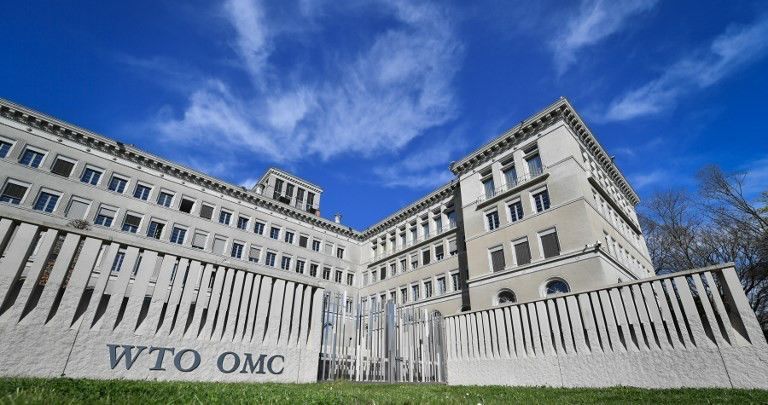
In view of the current development difficulties faced by the WTO, China and Europe set up a special joint working group on WTO reform, and jointly submitted a proposal on the reform of the dispute settlement appeal procedure to the WTO General Council, showing the world the determination of China and Europe to maintain the multilateral trade mechanism with WTO as the core.
Belt and Road Initiative: A New Platform for China-EU Economic and Trade Cooperation
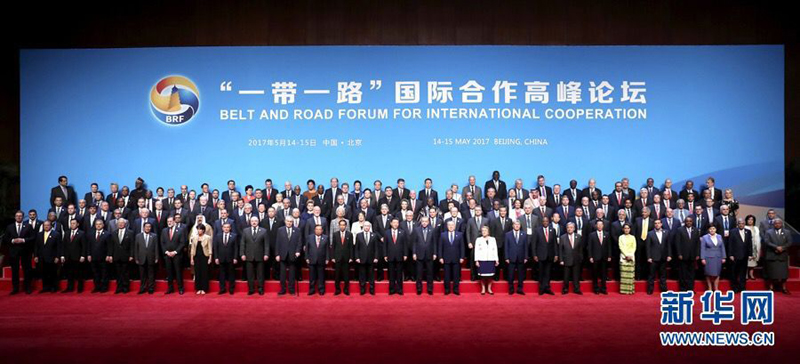
China’s firm willingness and actions to open up attract Europe, and the EU’s "Europe-Asia Interconnection" strategy lists China as an important bilateral cooperation partner. European Commission President Juncker said that the EU hopes to play an active role in the construction of the Belt and Road Initiative. So far, more than 20 European countries have actively responded to and participated in the construction of the "Belt and Road". Following Italy, Luxemburg recently signed a memorandum of understanding with China to jointly build the Belt and Road Initiative.
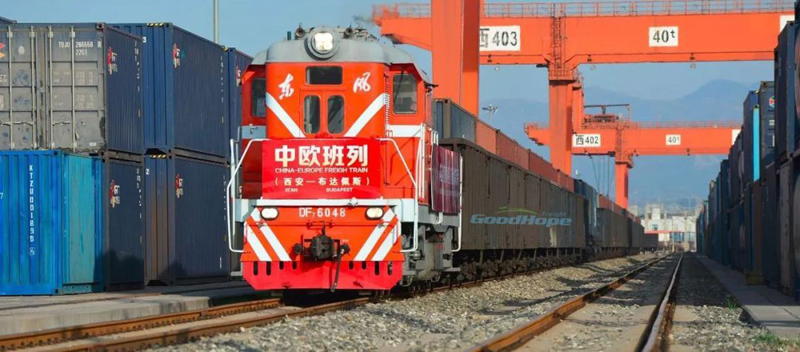
By the end of 2018, China-Europe trains had accumulated 12,937 trains. China’s auto parts, electronic equipment, textiles and garments and other products, through this international logistics network, connect 56 cities in China and reach 49 cities in 15 countries in Europe. European products such as red wine and oats enter the China market through this channel.
Nowadays, from the China-Europe train flying in Eurasia to the China-Europe land and sea express connecting the Far East and the hinterland of Europe, China-Europe Unicom has more and more channels, which not only promotes regional economic and trade exchanges, but also brings new opportunities for the sustained growth of the world economy.
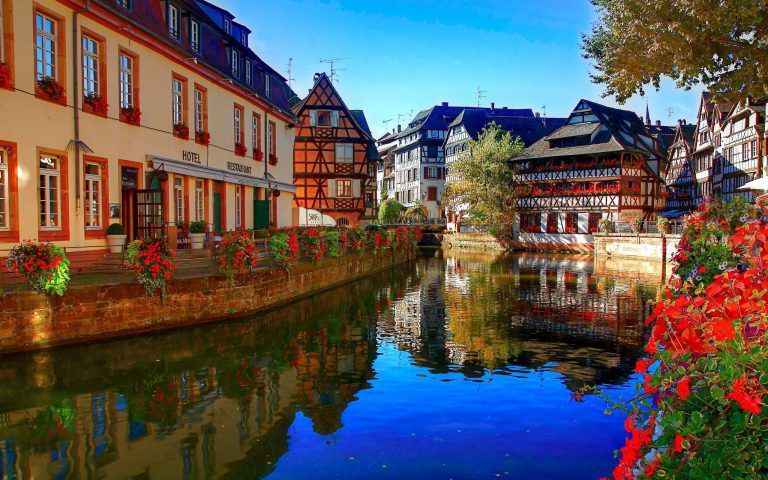
Looking back, China-EU economic and trade exchanges have yielded fruitful results. Looking ahead, China-EU economic and trade cooperation will surely usher in a brighter future. It is expected that Premier Li Keqiang’s visit will inject new vitality into China-EU economic and trade cooperation.
Approaching the EU
The full name of the European Union is the European Union, which is developed from the European Community. At present, it is the union of countries with the strongest comprehensive strength and the highest degree of integration. The EU has a total area of 4.39 million square kilometers, a population of 510 million and a per capita GNP of 36,600 US dollars.
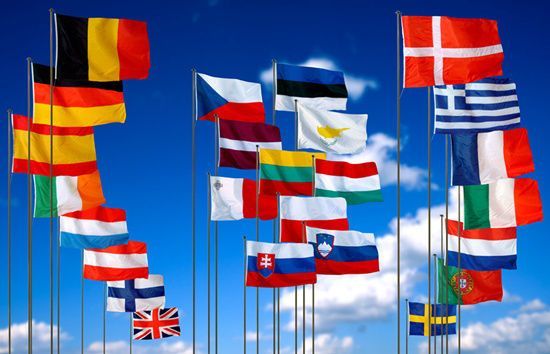
Since its establishment, the EU has experienced seven expansions, and now has 28 member States: Germany, France, Italy, Netherlands, Belgium, Luxembourg, Ireland, Greece, Spain, Portugal, Austria, Finland, Slovenia, Cyprus, Malta, Slovakia, Estonia, Latvia, Lithuania (the above 19 countries are euro-zone countries), Britain, Sweden, Denmark, Poland and Hungary. In June 2016, the British referendum decided to leave the European Union. In March 2017, Britain officially launched the Brexit negotiations, but so far it has failed.
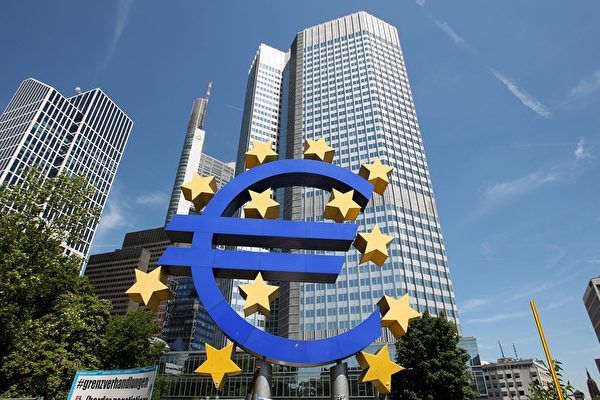
After 60 years’ development, the EU has established a customs union, implemented common commercial, agricultural and fishery policies, and 19 member countries have adopted a single currency, the euro, and unified the internal market, thus realizing the free flow of goods, people, capital and services within the EU.
China-EU Leaders Meeting Mechanism
The China-EU Leaders’ Meeting began in 1998 and was co-chaired by Premier the State Council of China, the President of the European Council and the President of the European Commission.
In April 1998, the first China-EU leaders’ meeting was held in London, England. Zhu Rongji, then Prime Minister of the State Council, attended the meeting.
At present, China and Europe have formed a "1+3" high-level dialogue pattern with leaders’ meeting as the strategic guidance and high-level strategic dialogue, high-level economic and trade dialogue and high-level foreign exchange dialogue as the three pillars.
关于作者